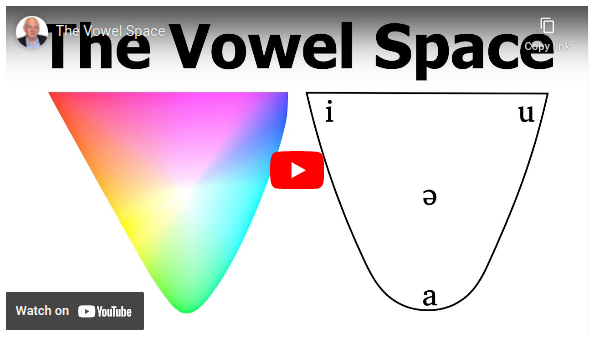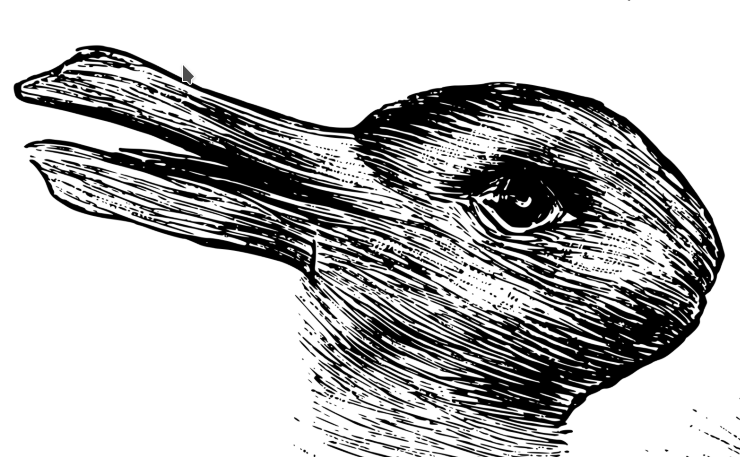Mapping the gap… —within

vowels space, flocks of birds, mapping plans, composing ourselves intently
We see our bones as our both innermost and outlasting remains, rarely do we think of them as the fossils of our movements, except when they ache. We can feel our bones structure us like a building’s walls, but outside of that intent, we quake in life regardless.
The difference between a map and a plan is intent. Intent bewitches us, like all grammars, intention has glamour.
We often plan when maybe mapping the unknown is a better option. Intent usually wins the day, at night we map the dreams.
One such intent, curiously, is the use of structures to map and explore varieties of experience, as if bones tell us how to live. An intensification of a focus on structures often leads to various structuralisms. These views can often error in mistaking the skeleton for life itself. Or even being alive.
One such paragon of structuralism relates to language (see de Saussure), it is a type of grammarian bias, but developed in more useful ways, at least for a while.
There is a co-grounded set we use every day when we speak which distinguish themselves not by negative spaces like a folk definition and similar magical worlds:
An ass is not a horse but…
—until some greater set is interposed—
a donkey is a quadruped like a horse but…
a goat is a devil… horns—
….what’s useful…? what's polluting…?
the devil with it.Unlike these categories of intent, of watchfulness, of nerovuse wariness, co-grounded sets co-evolve in use, or survival, much like a flock of birds in flight, they maintain their speed and their distance from their nearest neighbours and they thus they can wing as a group. They co-define themselves flocking across the sky. They collect themselves, but do not collectivise.
Focus on the a bird without its neighbours and you may never see the flock.
In speech this emergent behaviour has been called/labelled/and/studied as a structuralism, but I feel, while it is understandable as such, this to be a misnomer. It arises from a folk notice of difference from within language speakers’ use and the language users thus formed concerns. (Various ontologies.) I would label it Type 2 structuralism to distinguish it from the Type 1 structuralism of buildings, and the hybridity between 1 & 2 of bones so often mistaken as a Type 1 structuralism only.
This post seeks to re-negotiate that understandable understanding, and to outline some of its limits of usefulness in living/world-building.
The use of structure as a key metaphor is not so much a mistake as a ladder one must throw away after using it. (Type 1 structuralism is a chassis).

Vowels are ground into difference by daily use by a population, we human animals, who are lucky enough to spend more time talking then we do eating. Both activities are required in/by the living poetry wherein we compose our bodies as we self the world as we world the self.
Our mouths are a gap that continues to gape right through us, with the odd sack here and there to hold our breath. We take in the substance of the terrain and compose our bodies (as we move), around the gap that continues right through us, this outside we carry within, the gap of the landscape around us that becomes a part of us deep in our gut… —as we become the world we produce in speech to breathe out in language. And other doings we track and trace, as new grounds on which we build “structures”. And these shelters then work to explain how they stand. And not how they evolve. And nor how they change day to day in extension of ourselves.
Type 1 Structuralism puts the egg before the horse.
Structures are outcomes of usages, of being alive. Describing a structure does not build the structure, even if it tells you a possible, and even likely, way how.
Sometimes we even call this informing power a voice, and call on authority to bulk up our defensive visions of the world, particularity when we feel the world is collapsing into a gap of nothingness, which is what the grammarian fears. They forget themselves of course.
Movement builds the bones the muscles sculpt.
The grammarian focuses on the stability that arises at the edge of chaos, and has little sympathy for inquiries into how stability arises out of chaos. The chaos that arises out of over-determined order is a forbiddden mystery to them. As if they were never a baby themselves, learning how to speak.
The grammarian see the usage they are familiar with, comfortable with, and see that comfort as a shelter, a structure of good pronunciation and proper grammar, and with it they nurture the world. To talk wrong is felt to be attack on all that. The entended phenotype is in the beginning, and it was with god… etc.
The grammarian sees the skeleton as the elan vital. Sees the fossil for the truth. The holy relic for love itself.
In mapping the gap we are engaged in delineating between various methods of definition, the grammarian is one perennial style. Like the poor, like empires, they are always with us.
Even as we use more carefully grounded delineations we will come across undefineable uses, and non-usages: un-useable and used-fors, used-anyways, a mass of messes of nothing… —and the anxious will worry about pollution. For the outside passes within.
The anxious are always within us. Our guts are always within us, they hold the outside right through us. It's a worry.
Fortunately, use/agreement/survival grinds all usages into figures of fun, in torment, and laughter, there are so many gaps, the map is never complete, and never begun. It's not holy, there is no god in the gap, unless we throw one in for good measure, or out of laziness, as a bit of joke, as a distraction from our pursuit of power. As we should our lives into the world.
Mapping the gap will involve itself in mapping mapping (definitions and decisions) about incompleteness and our limits, our knowing about our inability to do any of this, and judging it well, if not good. And proper. Paradox and none.
The difference between a map and a plan is intention. Maps can emerge out of intentions, but that is rarely the plan.
As well, seeing that birds fly in a flock and each has an intention, does not mean the flock has a plan, and just because one can map the intentions, does not mean you have a plan. To call any of this a structure, these plans of parts, a shelter, is an act and outcome of world-building. It is of the “why we should”.
Any structure is a port in a storm. A comforter. A prayer.
The proclivity to see structure (de/constructing) when we should be mapping, or charting stratigraphy, is part of the 'moral' urge to world-build. The proclivity is an outcome of doubling-down a practice into doctrine and dogma.
It is possible that those last couple of sentences can be an acorn falling, minding its own business, but falling and so telling the anxious and receptive Henny Penny the sky is falling on your head, but only if you cannot see your own bias, that you cannot see your own bias is more than just a part of you; more than a sin staining you as you bleed out.
Perhaps there can now be calming effect in knowing your own soul. Then, perhaps… —any port in a storm is not required.
Now what I am referring to here as ‘bias’ is often thought of as ‘soul’ in other discourses/frameworks as it gives impetus to who you are. And ‘soul’ as a word let’s you plan intently, and build the world/shelter aware of your you-ness, sometimes this is called individuation. (The thing about immortality for souls is unlikely though. That turns the soul into a bone.)(Or acorn.)(#justsaying)
Structure arises out of usage and agreement, survival is a type of agreement in this framework; bias is a type of repeated survival, it has it's own genealogy, or taphonomy. A soul is your incarnation of bias, and instantiation of you-ness. And it is yours to do with as you will, but no, you are not special in this regard. You are uniquely ordinary.
Structures thus are derivatives in a process and not the source. Your skeleton is not your soul, and your preferences are closer again to that which does not exist that you dare realise.
Survival-in-process maps the world, in which, subsequently, intention plans a way across, to gather or hunt. Feeding-the-body is composed by bias/intent, and the intention ‘poses as an outcome.
The mapping remains in/of/through/over/under/by the terrain —a territory of opportunity unmapped, and/or never materialises into a terrain, until moved over/in/under/etc by a body of intentions as it composes itself, muscle & bones, movement and land… —and once arisen, sees (its) movements as a always being there in landscape, nurturing country, since time began.
In the gut, the gape that gaps right through us, the landscape is always there, inside us, composing with us. Our intestines are an outside we carry around with/in us as we move across the bigger landscape outside of us.
Much like the air we breathe.
And some call that spirit world blowing above us a god worthy of belief, but they have coughed their own transcendence into the gap, a gap already everywhere every thing. Belief does make reality, but this is only the world built about us as we should. Doing this is rash because we then do not hold reality dear to us. We never belief in reality. There is no transcendence between plans.
Such a confusion of life.
But some call a map of all this a structure, or mistake the map for a plan, but it is still a part (of itself) and thus maps the part as describing the confusion of life, but these bones are not the intention. Reflexivity confuses, as the movement remains an intention held dear.
So remember, dear intention, the skeleton within the body, is a 'fossil' of recursive movements as msucle move against their earthy levers.
A grammarian sees the remains and in death sees a structure worth preserving, for in the structure they see shelter, and in intent they seek shelter… — safety, survival, routine, rites, world-building.
Many structuralisms turn all that up to eleven, but the column is not a tree, the tree is not a bone. The skeleton is a record, sure honour their lives, but do not turn ancestor worship into cult of believers stripped of their families.
This is an updated version of the post from April 2023 on substack.com
